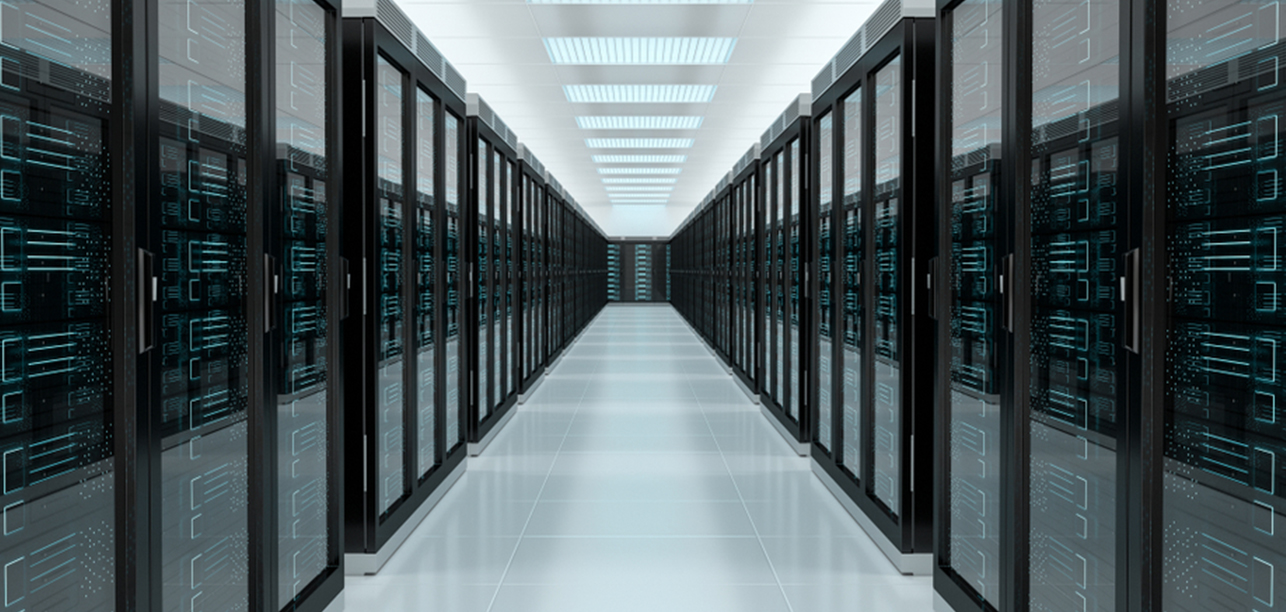
 High power density data center design will become increasingly important as technology continues to advance. As we mark the 50th anniversary of Moore’s Law in 2015, the number of devices connected to the Internet shows no signs of slowing down, and colocation facilities must be prepared to support the growing demand. Here at Internap, we’ve seen a significant increase in power draw across our data centers, and we even have customers that are exceeding 20kW per cabinet.
High power density data center design will become increasingly important as technology continues to advance. As we mark the 50th anniversary of Moore’s Law in 2015, the number of devices connected to the Internet shows no signs of slowing down, and colocation facilities must be prepared to support the growing demand. Here at Internap, we’ve seen a significant increase in power draw across our data centers, and we even have customers that are exceeding 20kW per cabinet.
Advantages of high power density
Colocation customers that choose a high-density environment typically have a lower total cost of ownership and see greater returns over time. Additionally, as their business expands and requires more servers and power, customers can scale their infrastructure without having to invest in a larger colocation footprint.
High-density design challenges
Establishing a high-density data center requires careful planning. Design considerations are critical to ensure proper cooling, electrical distribution and redundancies. Let’s take a look at some design challenges that should be considered when planning for high densities.
Cooling. Faster processors generate more heat, which makes cooling and temperature control extremely important. High-density data centers require more cooling in a smaller footprint than traditional facilities. Initial costs for cooling equipment will likely be more expensive, since special cabinets may be required to handle higher temperatures.
Plan ahead for cold or hot aisle containment, which will be necessary when densities get closer to 20kW/rack. Design considerations should include the flexibility to add chimneys at each cabinet to remove the hot air upward through a return plenum in the ceiling.
Response time. In the event of a cooling failure, temperatures in high-density environments will rise rapidly. For example, if the chiller pump or CRAH fan fails, the data center operator will have only minutes before 20kW/cabinet regions start to exceed ASHRAE recommended temperatures. For this reason, consider feeding CRAH fans and chiller pumps from a separate infrastructure UPS, or develop a means to introduce outside air through fans on battery or generator back up power.
Power distribution. High-density data centers require a flexible distribution design to alleviate and prevent electrical issues. Be sure your team knows how to manage circuits and determine possible overload situations prior to installation. By planning electrical architecture together with rack layout, your team can better manage conduit and circuit locations. In addition, the route of conduit and piping should be considered so that underfloor obstruction is limited.
As power densities increase, so does the risk of inadvertently overloading the infrastructure, which makes careful planning even more vital for high-density environments. The considerations described here are only the beginning. To learn more, watch the webinar recording.
Watch now: Critical Design Elements of High Power Density Data Centers


